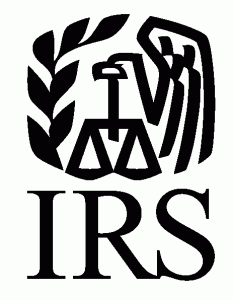 In December 2012, the IRS revised the Voluntary Classification Settlement Program (VCSP) that provides partial relief from federal employment taxes for eligible taxpayers that agree to treat workers as employees prospectively. The updated program relaxes the eligibility requirements and reduces the total tax exposure for participating employers.
In December 2012, the IRS revised the Voluntary Classification Settlement Program (VCSP) that provides partial relief from federal employment taxes for eligible taxpayers that agree to treat workers as employees prospectively. The updated program relaxes the eligibility requirements and reduces the total tax exposure for participating employers.
The revised standards were accompanied by a special incentive program – Temporary Eligibility Expansion – which considerably relaxed the eligibility standards.
The incentive period for the Expanded Eligibility expires on June 30, 2013.
One enticing aspect of the temporary program is a waiver of the requirement that the employer/business have filed Forms 1099 for its workers for the last three years. In many instances, employers are not only treating workers as independent contractors but also not filing the required Forms 1099 for those workers. Those were the facts of the recent Kurek case where the taxpayer was hit with taxes, interest and penalties for payments to over 30 workers in just one year.
A taxpayer entering the Expanded Eligibility program:
- pays 25% of the employment tax due for reclassified workers for the most recent tax year;
- pays a reduced penalty based on a graduated scale; and
- is not subject to an employment tax audit for those workers for prior years.
The Expanded Eligibility is also available for businesses already selected for or under an employment tax audit – a situation not covered by the standard program.
If you or your taxpayer is currently under an employment tax audit and facing potential exposure for misclassified employees then the Expanded Eligibility VCSP may be the solution. Those taxpayers have until the end of this month to enter the program and avoid certain interest charges and almost certain penalties.

